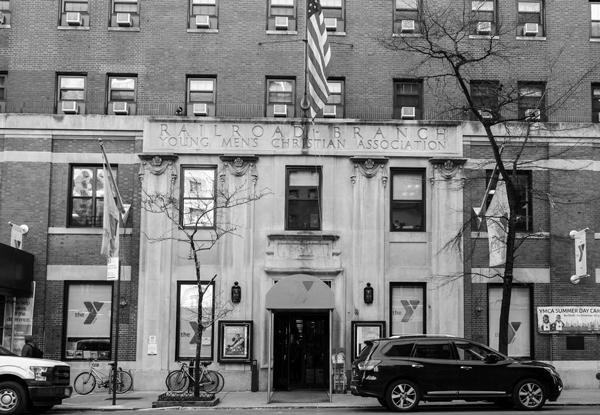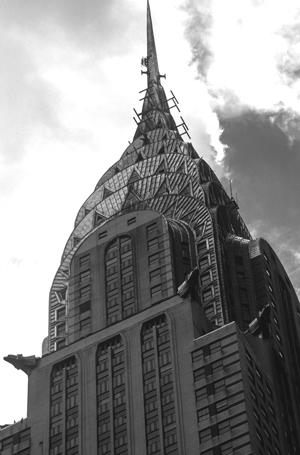1916: Chelsea’s housing market catches industrial windfall
With local industry booming, developers were “hastening” to build up Chelsea’s housing stock, the New York Times reported 103 years ago this month. While the area had been known as a hub for metalworks and manufacturing since the mid-1800s, burgeoning publishing companies were increasingly setting up shop there. And as trades spread north from Lower Manhattan, landlords and large homeowners in the neighborhood eagerly watched. At that time, the border between industrial space and homes seemed to be drawn at Ninth Avenue. In 1914, the Times reported that 500,000 people worked in Manhattan’s nearly 25,000 factories, calling the borough the “great industrial centre.” Historians refer to the period as the peak years of Chelsea’s “second wave of industrial development,” and with booming business came the need for more housing. Five- to six-story homes were being built with a stock of rooms to be rented out for between $8 and $10 a month, per historical tenement records. And with only a handful of properties being converted into moderately priced rentals, brokers and landlords were beginning to see the “investment possibilities.”

YMCA Railroad Building
1932: New Railroad YMCA building opens in Midtown
A new 10-story building to house 6,000 workers in Midtown officially opened its doors 87 years ago this month, according to the New York Times. Harold Vanderbilt, chairman of the Young Men’s Christian Association’s board of managers, led the three-year project, which began with the $2 million purchase of a row of tenements. The ground-up development at 224 East 47th Street became one of 15 YMCA properties in the city at the time and the fifth one dedicated to serving railroad workers. The first “Railroad YMCA” building in the U.S. opened in Cleveland in 1872 to provide housing for laborers who could work up to 12 hours a day in large cities far from their families and homes. The Y was founded in London in 1844, and its American efforts led to the creation of housing that also provided workers with “social, religious and athletic activities.” Tenants moving into the Midtown Railroad building had been living in the basement of Grand Central Terminal before the $1.6 million development was completed. Once it opened, Cornelius Vanderbilt — whose family built its vast fortune in the railroad business — led Bible classes for the workers on Sundays, records show. The building, now known as the Vanderbilt YMCA, is run by the same organization today.

Chrysler Building
1978: Chrysler Building lands $23M restoration
The Massachusetts Mutual Life Insurance Company paid $23 million to restore the iconic Chrysler Building 41 years ago this month. The beloved Art Deco skyscraper — built nearly 50 years prior — had fallen into disarray, and one source told New York Times architecture critic Paul Goldberger that it was being run “like a tenement in the South Bronx.” More than 1,000 cubic yards of garbage had reportedly piled up in the tower’s basement, while leaks and mechanical breakdowns plagued the building. The Chrysler’s decline began after developer William Zeckendorf sold it to speculative investors Sol Goldman and Alex DiLorenzo. Following DiLorenzo’s death, Goldman defaulted on their mortgage, and MassMutual began foreclosure proceedings in 1975. Three years later, the insurer announced that it would hold the skyscraper as a long-term investment with veteran commercial broker Edward Gordon at the helm. But then MassMutual sold the Chrysler to sports broadcasting mogul Jack Kent Cooke for a reported $90 million in 1979. Tishman Speyer took over the property’s management in 1997, pouring $100 million into renovations, and the Abu Dhabi Investment Council bought a 90 percent stake in the tower for $800 million in 2008. The owners put the Chrysler up for sale in January.
